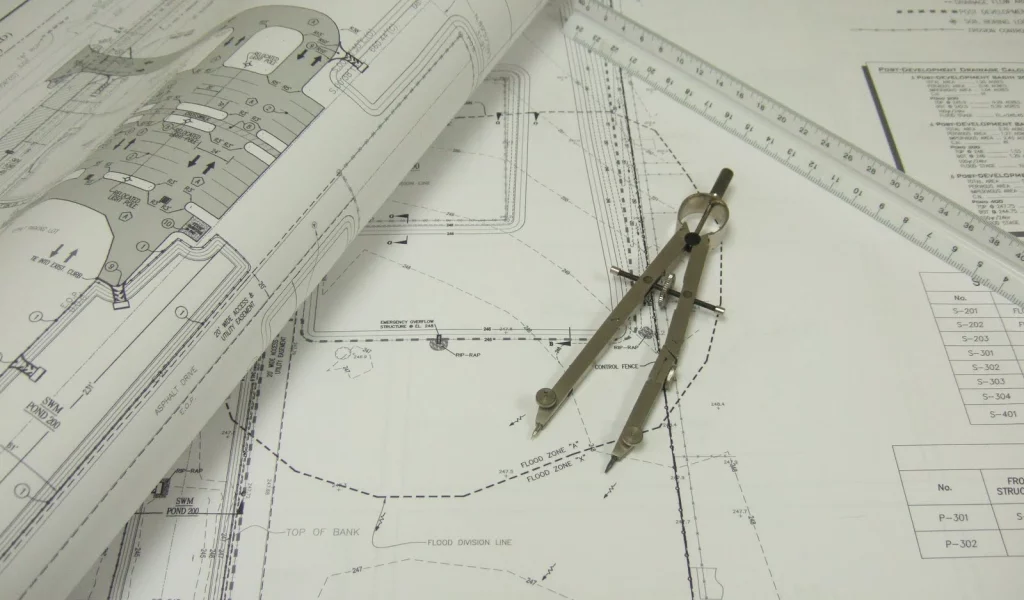Abstract
The role of a Designer Electrical Engineer (DEE) is pivotal in the successful planning, design, and lifecycle performance of electrical systems across a variety of sectors, including industrial, commercial, utility, and infrastructure. This article explores the essential core skills required by a DEE, focusing on four major design competencies: safety, equipment functionality, constructability, and maintainability. These core principles guide engineering decisions from concept to decommissioning, ensuring that systems are not only compliant and efficient but also practical and reliable. The article draws on international standards, professional engineering practices, and real-world project insights to articulate a comprehensive guide for current and aspiring design engineers.
1. Introduction
Designer Electrical Engineers are responsible for translating functional requirements into technical specifications and deliverables that can be built, operated, and maintained safely and efficiently. The scope of a DEE spans multiple disciplines: power systems, control systems, protection, instrumentation, and communication. Each design must account for dynamic conditions, regulatory compliance, budget limitations, and long-term asset performance.
Electrical engineering design is not solely about connecting loads to power sources or specifying equipment sizes—it demands an integrated approach. A competent DEE must think in terms of system behavior, fault tolerance, future expandability, and real-world operating conditions. This holistic view is grounded on four cornerstones:
- Safety – ensuring life, property, and system protection.
- Functionality – assuring equipment performs as intended.
- Constructability – enabling practical and cost-effective implementation.
- Maintainability – allowing continuous, efficient, and safe operation over time.
Each of these pillars interrelates; a design that's functional but unsafe is unacceptable. Likewise, a safe but unbuildable or unserviceable design holds no practical value. Hence, mastering these core skills is essential for delivering successful electrical designs.
2. Safety Familiarization and Integration
2.1 Codes and Standards
One of the first responsibilities of a DEE is understanding and applying relevant electrical safety codes. Globally recognized standards include:
- IEC 60364: Electrical installations of buildings.
- AS/NZ 3000: Wiring Rules (Australia / New Zealand).
- BS 7671: The IET Wiring Regulations (UK).
- NFPA 70 (NEC): National Electrical Code (USA).
- PEC: Philippine Electrical Code (Philippines).
- IEEE 1584: Guide for Arc Flash Hazard Calculations.
- IEC 60079: Explosive Atmospheres (Hazardous Areas).
- OSHA and NFPA 70E: Electrical safety in the workplace.
In the Philippines, for example, PEC (Philippine Electrical Code) Parts 1 and 2 govern compliance, adapted from the NEC and aligned with IEC principles.
The DEE must not only be familiar with the content of these codes but must be capable of interpreting them in context—choosing the correct application based on site-specific constraints, utility regulations, or client requirements.
2.2 Hazard Identification and Risk Assessment
Safety by design begins with identifying possible hazards. A DEE should conduct formal hazard and operability studies (HAZOP) or electrical risk assessments, especially for complex or high-risk environments such as chemical plants, refineries, or data centers.
Common electrical design hazards include:
- Inadequate fault protection
- Improper grounding or bonding
- Insufficient segregation of power and signal cables
- Overloaded circuits
- Unprotected live parts
2.3 Electrical Safety by Design
A DEE must incorporate engineering controls to eliminate or mitigate hazards, such as:
- Using residual current devices (RCDs) for personnel protection.
- Ensuring touch voltage limits (as per IEC 60479).
- Implementing selective coordination in protection schemes.
- Designing fail-safe systems (e.g., contactor drop-out on emergency stop).
- Applying IP-rated enclosures suited to environmental exposure.
Safe isolation should be integral to any design—clear demarcation of live components, safe switching access, and provision of lock-out/tag-out systems are essential.
2.4 Earthing and Bonding Systems
Correct earthing and bonding not only prevent electric shock but also reduce electromagnetic interference and ensure system stability. The DEE must determine the appropriate earthing system—TT, TN-S, TN-C-S, or IT—based on system configuration, fault current availability, and regulatory requirements.
Key design considerations include:
- Sizing of earthing conductors (per IEC 60364-5-54)
- Earth electrode resistance values
- Potential rise during faults
- Separation of instrumentation and power grounds
2.5 Arc Flash and Overcurrent Protection
Arc flash incidents can cause severe injury or death and damage equipment. The DEE must perform arc flash energy calculations and specify protective devices accordingly. The following steps are typical:
- Performing short circuit analysis (IEEE 551/IEC 60909).
- Defining incident energy levels using IEEE 1584 formulas.
- Specifying personal protective equipment (PPE) categories.
- Designing zoned protection with fast-acting breakers or arc quenching devices.
The DEE must also ensure that protective devices are correctly coordinated to isolate faults while minimizing disruption, using time-current coordination studies.
